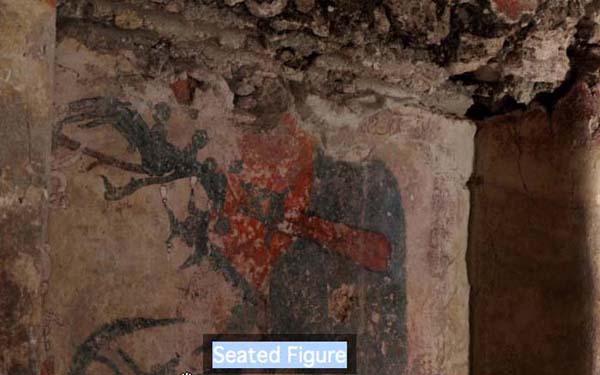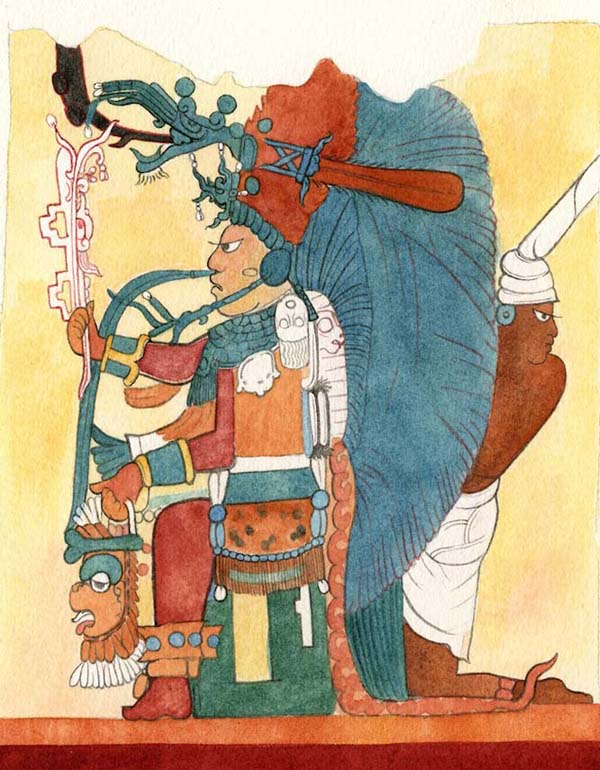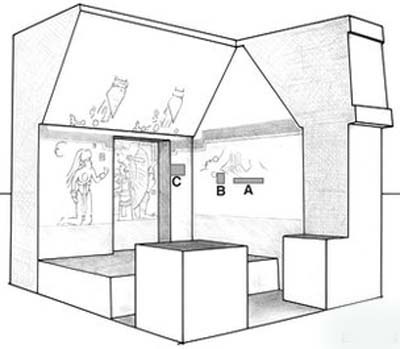
A Mayan mural and calendar found in Guatemala are up for interpretation.

A Mayan mural and calendar found in Guatemala are up for interpretation.

Unprecedented Maya Mural Found, Contradicts 2012 "Doomsday" Myth - National Geographic - May 10, 2012
In the last known largely unexcavated Maya megacity, archaeologists have uncovered the only known mural adorning an ancient Maya house, a new study says and it's not just any mural. In addition to a still vibrant scene of a king and his retinue, the walls are rife with calculations that helped ancient scribes track vast amounts of time. Contrary to the idea the Maya predicted the end of the world in 2012, the markings suggests dates thousands of years beyond that.

Seated king wearing blue feathers. Kukulcan? Alien?

The oldest-known version of the ancient Maya calendar has been discovered adorning a lavishly painted wall in the ruins of a city deep in the Guatemalan rainforest. The hieroglyphs, painted in black and red, along with a colorful mural of a king and his mysterious attendants, seem to have been a sort of handy reference chart for court scribes in A.D. 800 - the astronomers and mathematicians of their day. Contrary to popular myth, this calendar isn't a countdown to the end of the world in December 2012, the study researchers said.

Mayan art and calendar at Xultun stun archaeologists
Archaeologists working at the Xultun ruins of the Mayan civilization have reported striking finds, including the oldest-known Mayan astronomical tables. The site, in Guatemala, includes the first known instance of Mayan art painted on the walls of a dwelling. A report in Science says it dates from the early 9th Century, pre-dating other Mayan calendars by centuries. Such calendars rose to prominence recently amid claims they predicted the end of the world in 2012. The Mayan civilization occupied Central America from about 2000BC until its decline and assimilation following the colonization by the Spanish from the 15th Century onwards. It still holds fascination, with many early Mayan sites still hidden or uncatalogued. The ruins at Xultun were first discovered in 1912 and mapping efforts in the 1920s and 1970s laid out much of the site's structure.